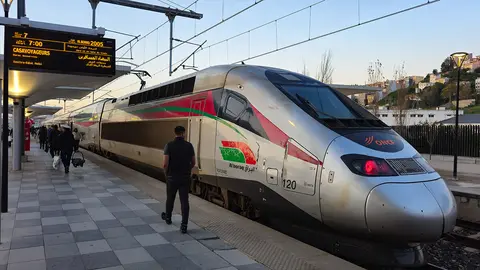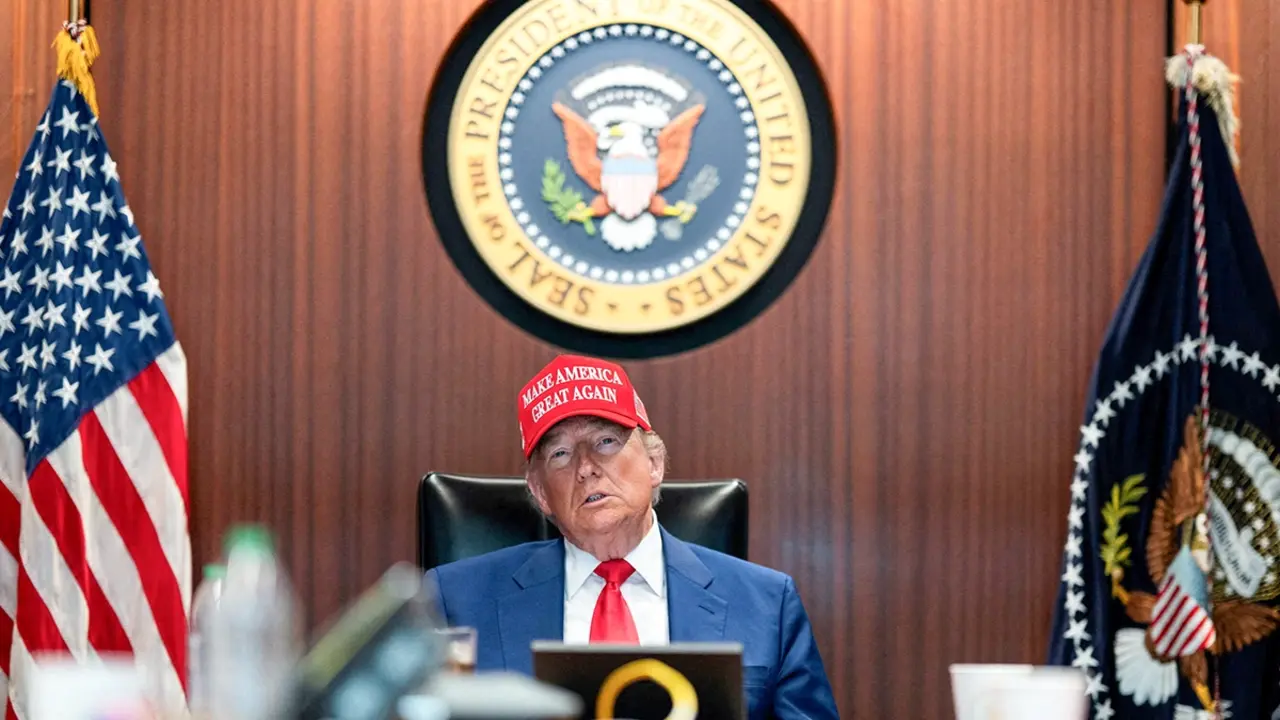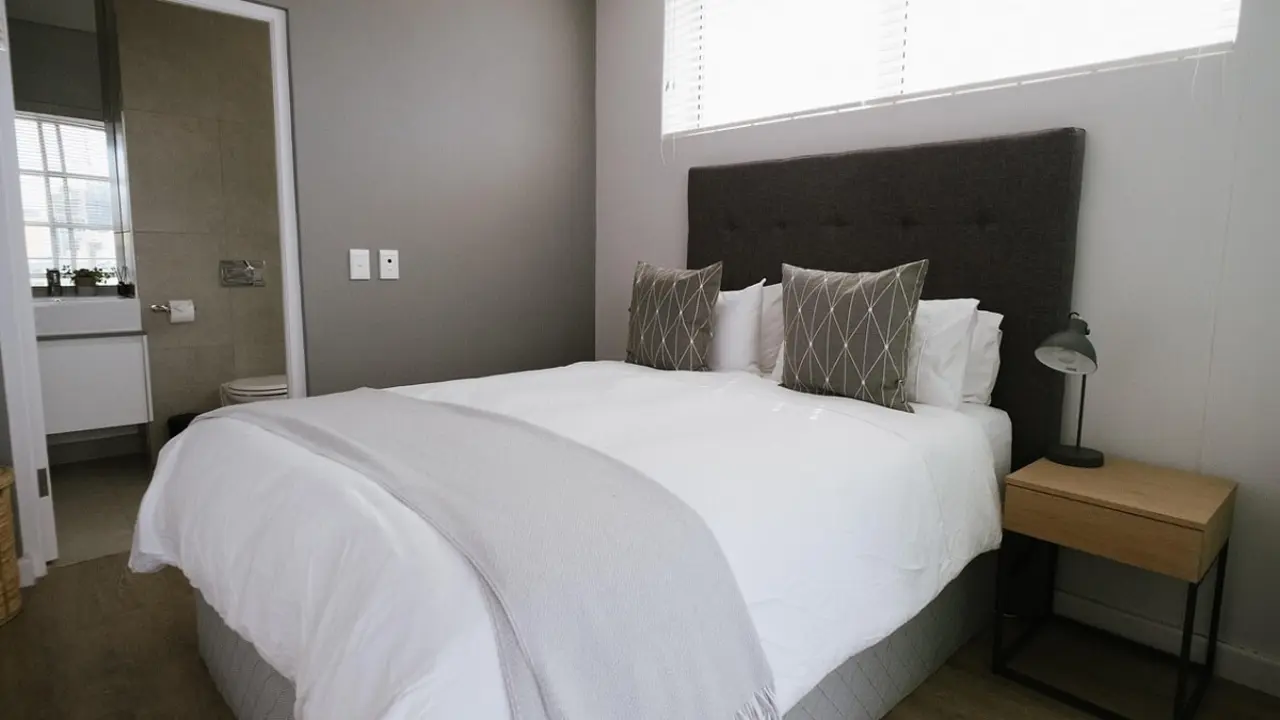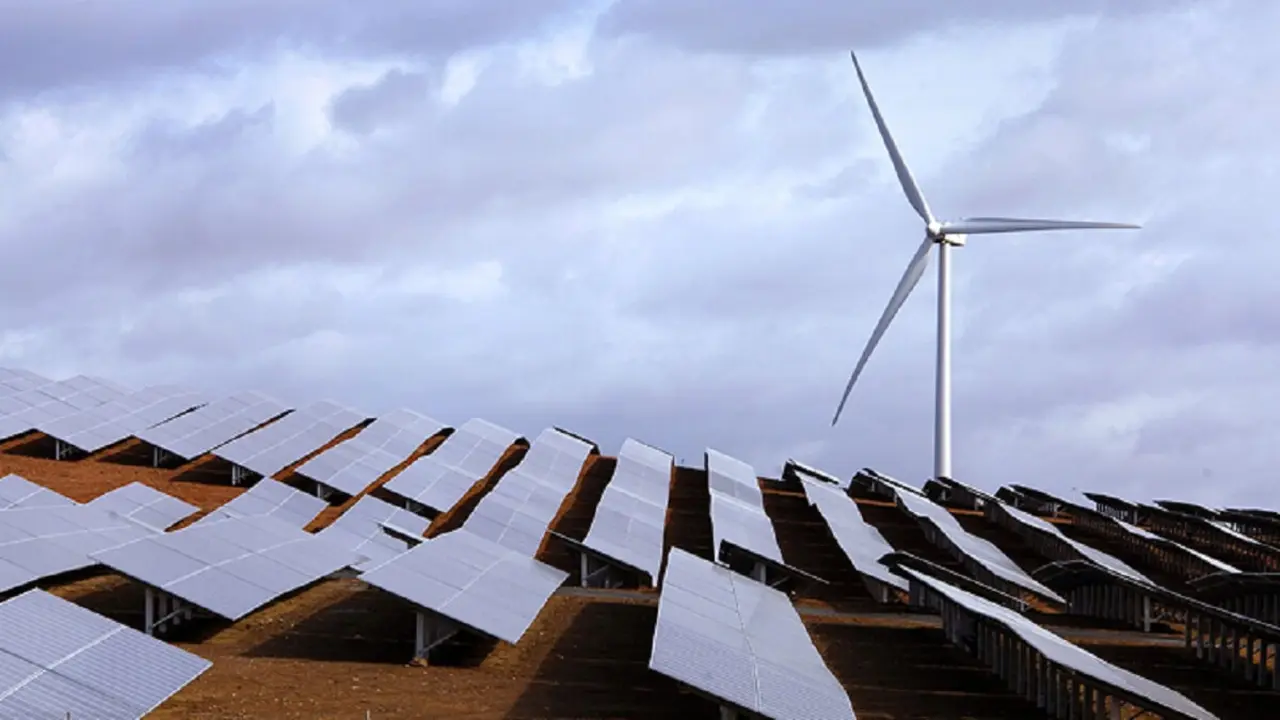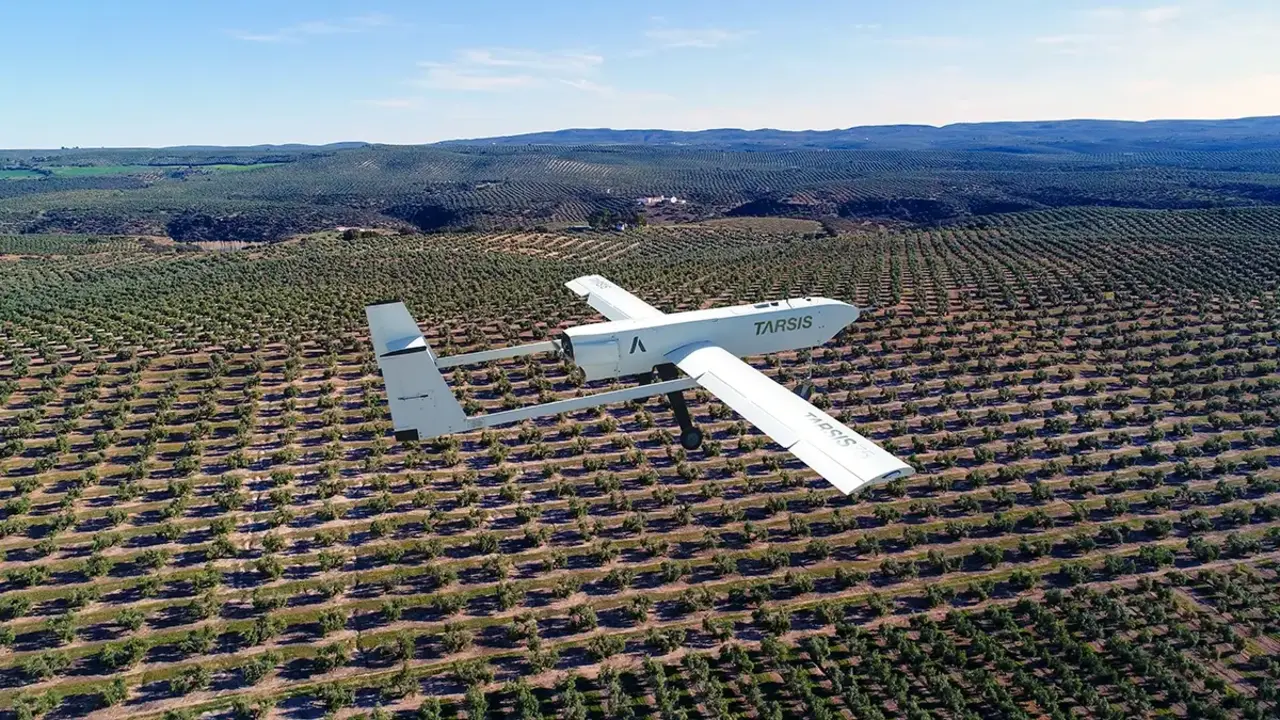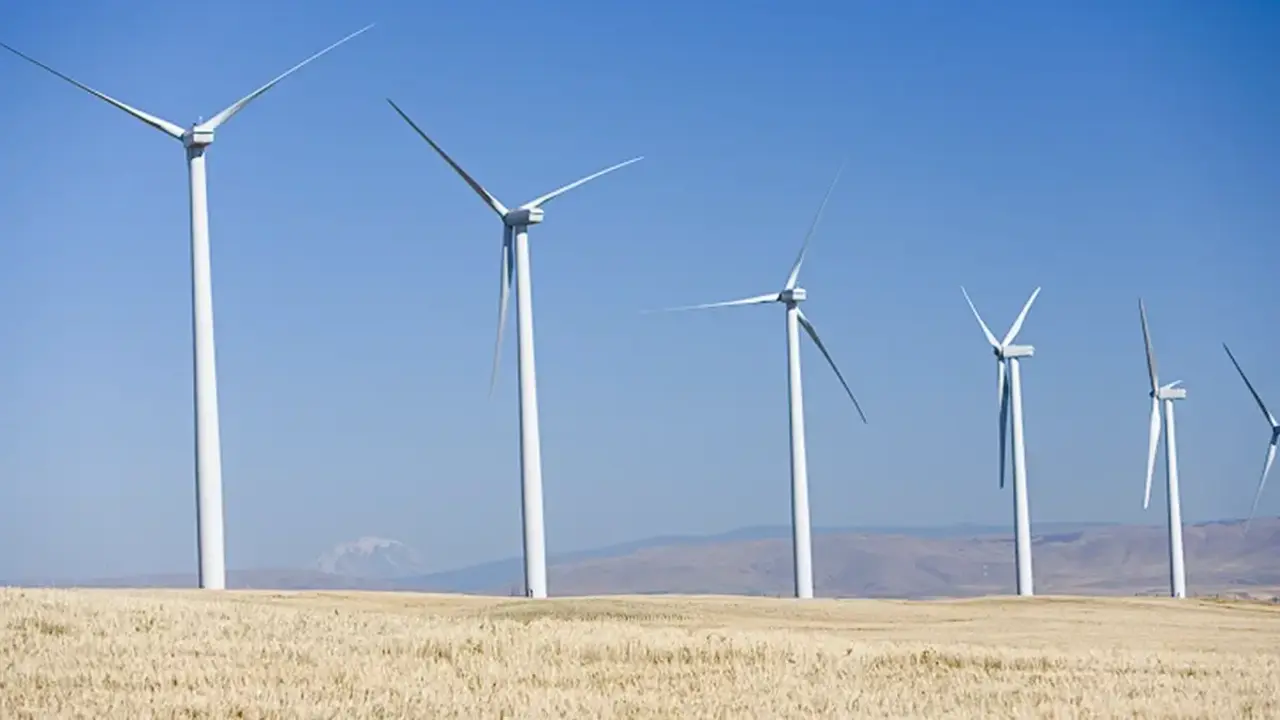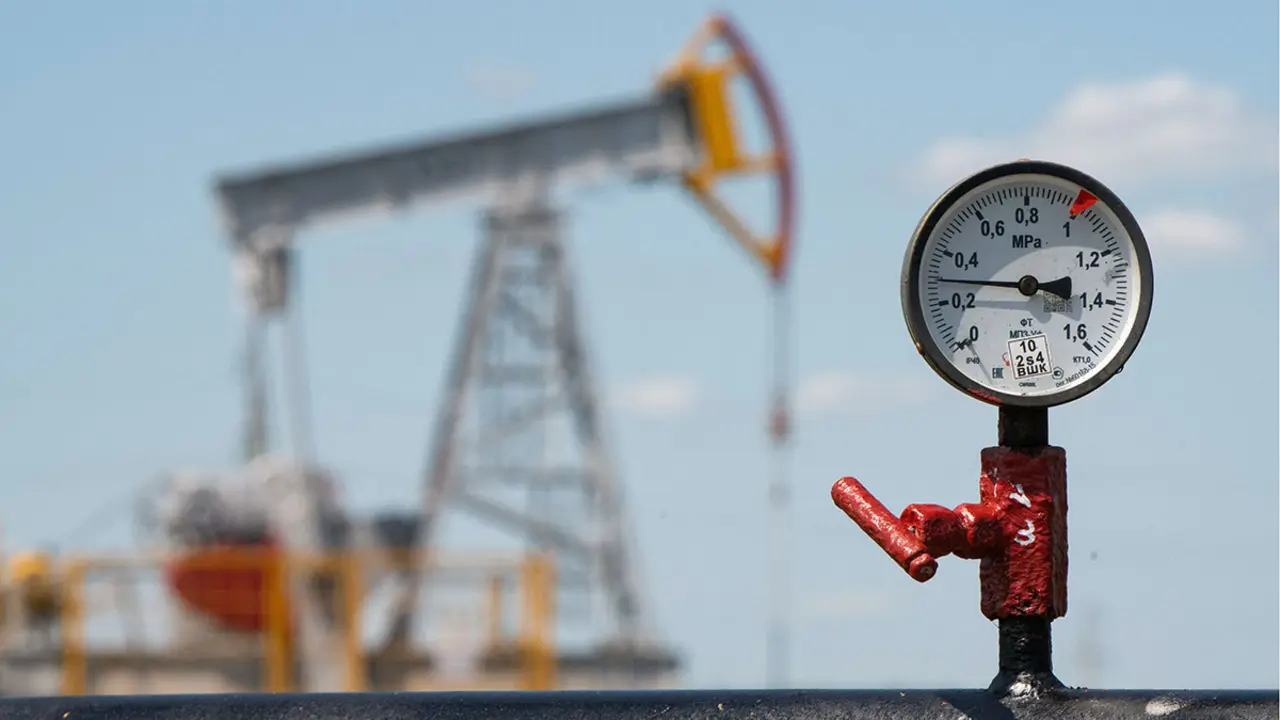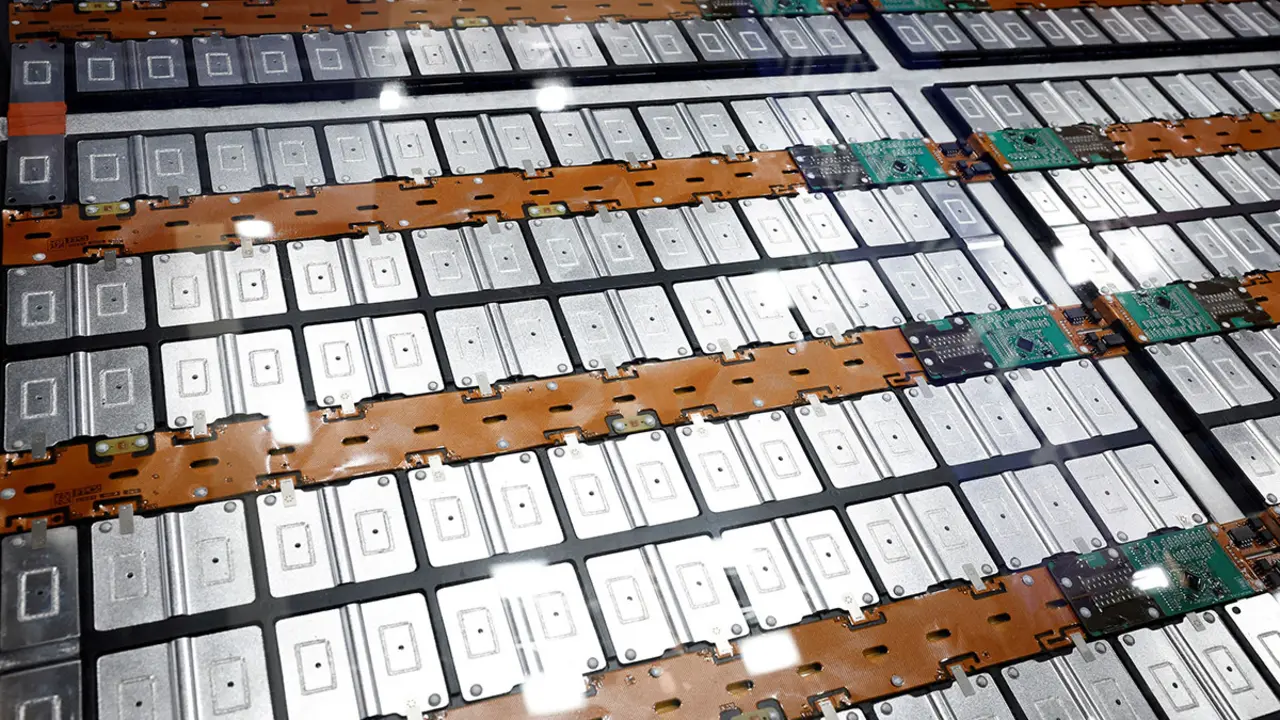Infrastructure, industry and human capital, the keys to Morocco's modernisation over the last 25 years
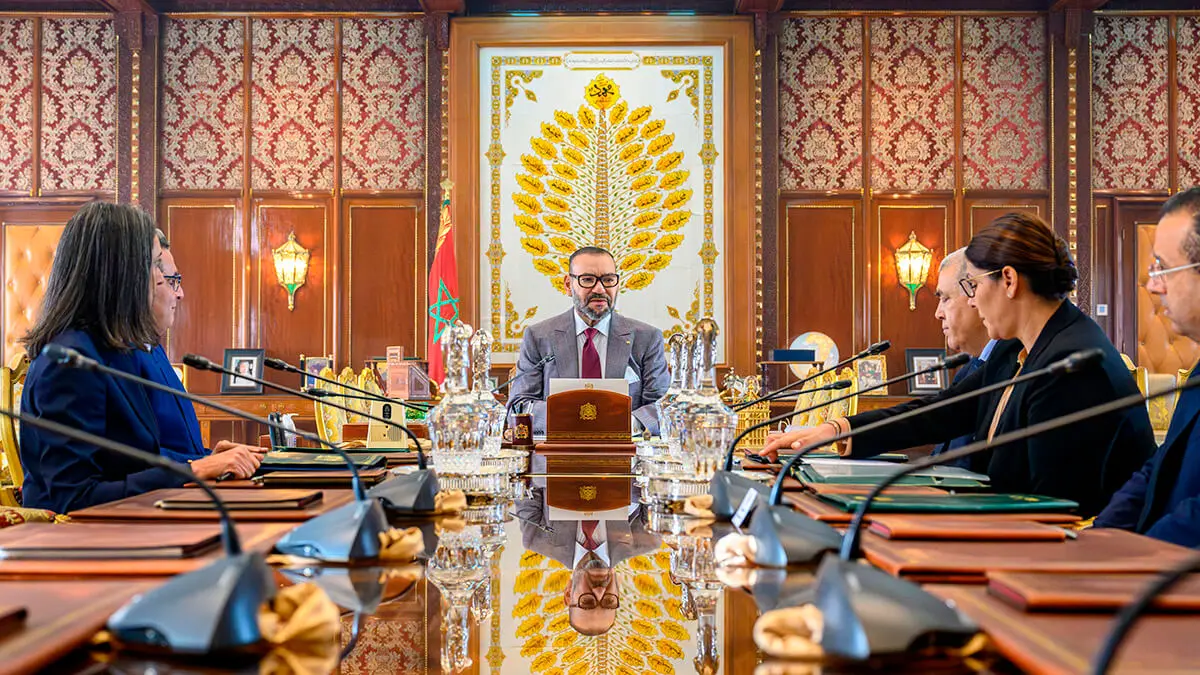
- Improving its figures
- Carnegie Center Report
- World-class infrastructure
- Industrial Acceleration Plan
- Renewable energy and sustainability
- Water management
The reign of Mohammed VI in Morocco has so far been characterised by a remarkable drive to modernise the country, with new infrastructure, a boost to industry, a commitment to sustainability and reforms to address social and economic challenges.
The result is a country that has made remarkable progress in its figures since then, becoming an economic power in the region and positioning itself as a key player in trade relations between Africa and Europe.
Improving its figures
In 1999, when the current monarch came to the throne, Morocco's Human Development Index (an indicator established by the United Nations Development Programme, consisting of life expectancy, education and per capita income) was 0.511 points, placing the country in a lowly 112th place. Life expectancy was 66.41 years; mortality rate was 6.5 per 1,000; and per capita income was 1,514 euros.
A quarter of a century later, Morocco's HDI had risen to 0.698 points. Life expectancy had increased to 75 years, while per capita income was already 7,216 euros (more than double, discounting inflation). Expected years of schooling doubled and the absolute poverty rate fell from 15.3% to less than 1.7%.
The improvement has been particularly significant among the rural population, which in 1999 represented almost half of the total and now stands at one third. Electricity and drinking water have now reached the entire rural population, up from barely half in 2000.

Carnegie Center Report
A recent report published by the Carnegie Center and signed by economic researcher Alexander Kateb notes that Morocco has made the transition from a low-income to a middle-income economy.
According to the report, the next step for the country is to tackle structural transformation, which will require investing in human capital and innovation, fostering a more competitive business environment, allocating additional financial resources and engaging with an increasingly changing geopolitical landscape.

World-class infrastructure
The modernisation plan launched by King Mohammed VI since his accession to the throne and developed by successive governments has counted the establishment of new world-class infrastructure as one of the keys.
The construction of facilities such as the port of Tangier Med has enabled Morocco to leapfrog ahead and participate in global value chains, attracting foreign investment and becoming a major commercial player due to its strategic location at the gateway to the Mediterranean and as a crossing point between Europe and Africa.
Since the early 2000s, the country has developed its previously limited motorway network to 1,800 kilometres. New projects are currently underway to extend this network to 3,000 kilometres by 2030.
On the other hand, the construction of the various phases of the port of Tangier Med, since 2007, has enabled Morocco to position itself as an essential player in the region's trade. Tangier Med is already the leading port in the Mediterranean in terms of container transit and is a catalyst for the country's economy.
Morocco has also been a pioneer in the construction of railway lines, with the first high-speed train on the African continent, which is to be extended to link the main cities, and has also made a commitment to air transport, with the construction of new airports and the expansion of existing ones.
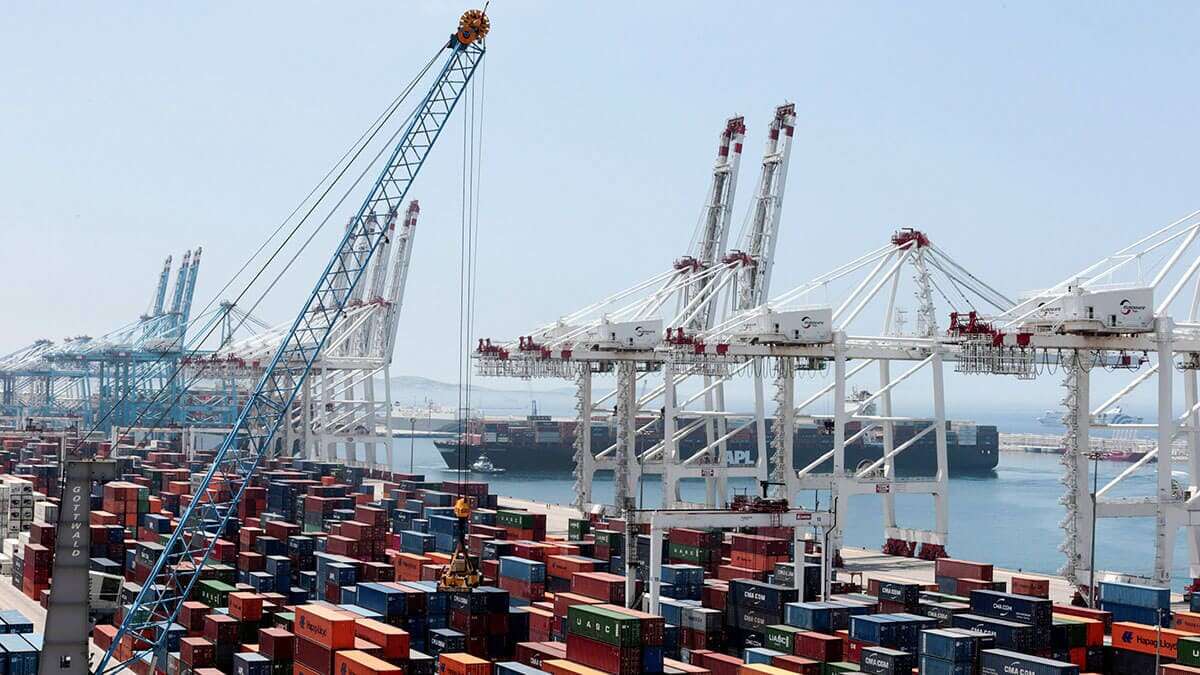
Industrial Acceleration Plan
In response to the economic crisis at the end of the first decade of the 21st century, Morocco opted for an industrial strategy based on export promotion. Thus, the Industrial Acceleration Plan 2014-2020, supported by Harvard University's Growth Lab, relied on recently created infrastructures, such as Tangier Med, to boost the growth of the economy, especially in technology-driven sectors such as the automotive and aerospace industries.
To this end, the so-called Tangier Med Zones were established, industrial and logistical spaces around the port, which turned the Tangier-Tetouan-Al Hoceima region into the main industrial free trade zone on the African continent.
The establishment in this free zone of major automotive multinationals such as Renault and the PSA group has made Morocco the largest producer and exporter of automobiles on the continent, ahead of South Africa, and has attracted numerous international car parts manufacturing companies such as Valeo, Yazaki and Sumitomo.
The benefits of the automotive industry have been reflected in the development of Morocco's economy: between 2010 and 2019, the share of the manufacturing sector in foreign direct investment increased from 15% to 37%.
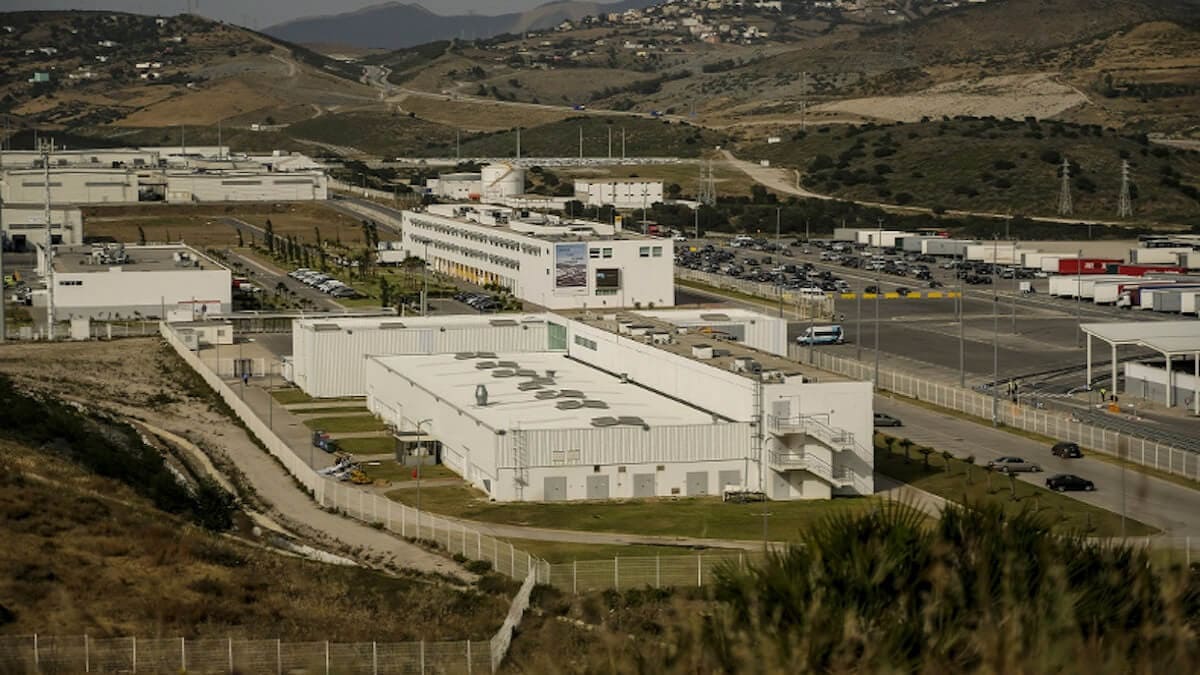
Renewable energy and sustainability
Another important commitment of Morocco in recent years has been the adoption of the National Energy Strategy, with the aim of reducing energy imports and achieving a more sustainable growth model.
This strategy is based on three pillars: increasing renewable energy capacity, improving energy efficiency and enhancing regional integration. In 2015, a target was set to reach 52% renewables in the energy mix by 2030, expanding the initial target of 42%.
For the time being, renewable energies accounted for 37% of the country's installed electricity generation capacity in 2023, mainly wind and hydroelectric power.
Also in the field of renewable energies, Morocco has built the Noor concentrated solar power complex, the largest in the world, with public-private financing of 3 billion dollars, with the participation of the Saudi Aqua Group, among others.
On the other hand, the green transition strategy involves the decarbonisation of the cement, steel and fertiliser industries. This is a challenge for Morocco if it wants to maintain its competitiveness and access to the European market, which is going to impose tariffs on carbon-intensive products, such as phosphates, of which the country is one of the world's leading producers.
And we must not forget the role that the country can play in the production of green hydrogen and its subsequent integration into industrial processes.
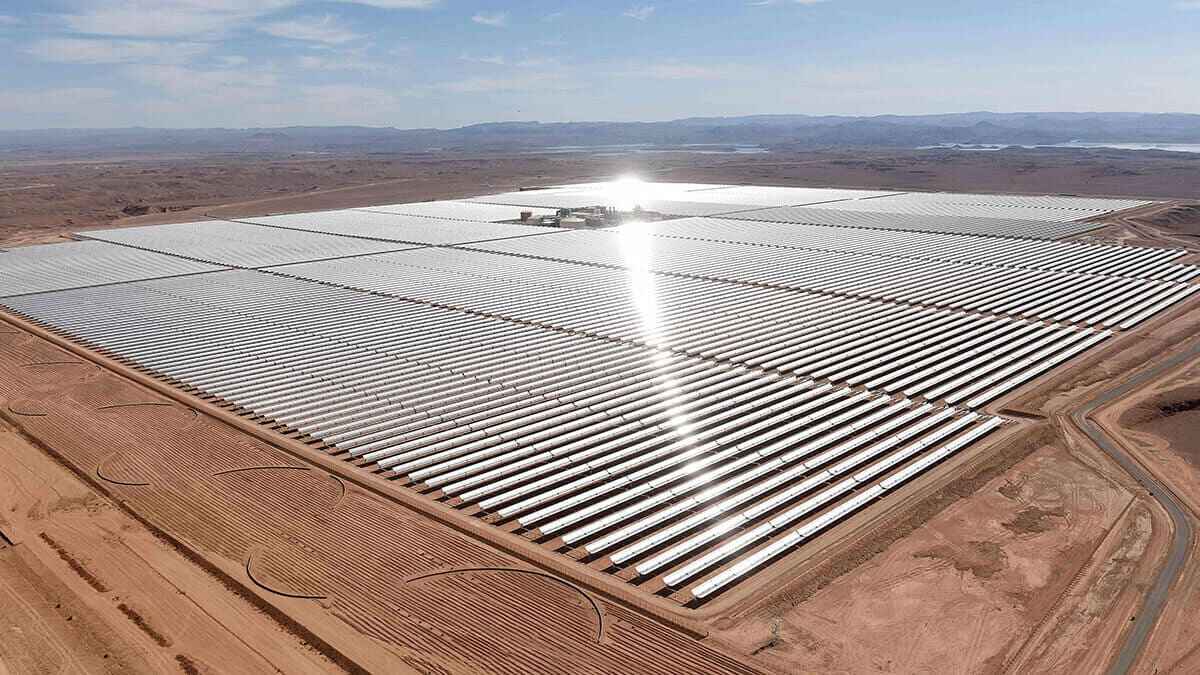
Water management
One of Morocco's latest commitments, underlined by King Mohammed VI himself in his speech commemorating the 25th anniversary, is water management, which is essential in a country that periodically suffers from prolonged droughts.
With this objective in mind, the National Water Management Plan 2020-2050 was launched, endowed with more than 40 billion dollars, of which 13 billion are earmarked for the period 2020-2027. Of this amount, Morocco will contribute 60%, while the remaining 40% will be covered by private investors.

The plan envisages the construction of nine desalination plants by 2030, which will bring the number of such facilities to 20 in Morocco, with a total capacity of 1.4 billion dollars.
In addition, it is planned to improve freshwater storage capacity by accelerating the construction of dams and ponds and increasing the proportion of wastewater reused after treatment.

